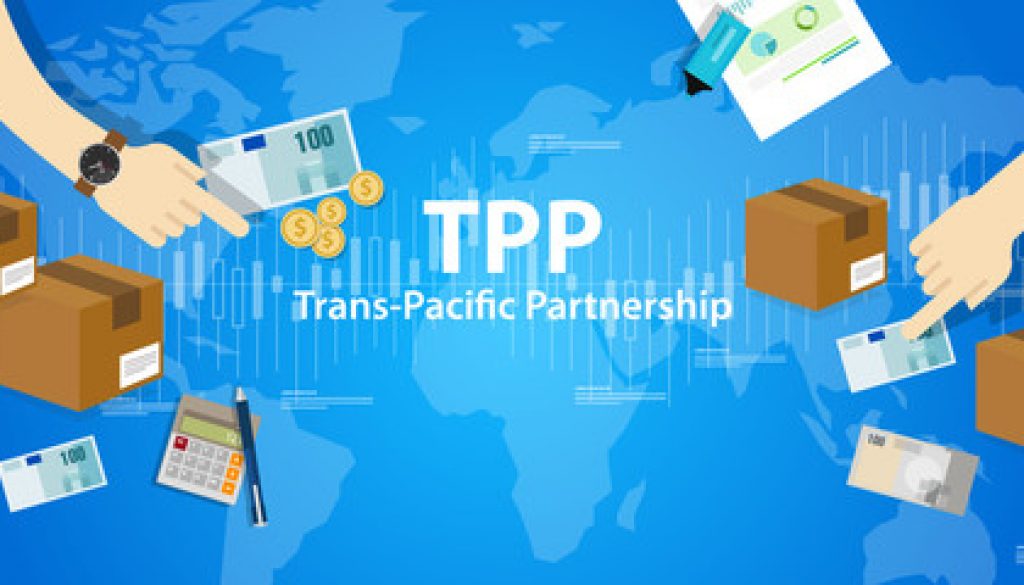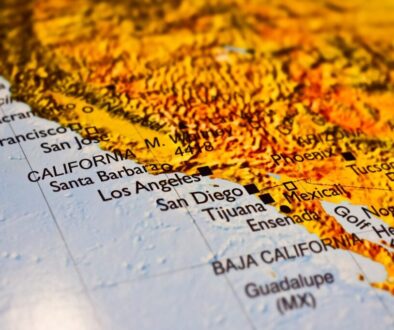The Pros and Cons of Mexican Participation in the Trans Pacific Partnership (TPP)
Although Mexican participation in the Trans Pacific Partnership will help the country to diversify its export markets, there are potentially some negative aspects to the deal.
The Mexican Senate was the first of eleven countries’ legislatures to ratify Mexican participation in the Trans Pacific Partnership, (TPP) free trade accord in April of 2018. The comprehensive treaty, also known as TPP11, contains provisions that appear to be both positive and negative for the prospects of the country’s global trade. In addition to Mexican participation in the Trans Pacific Partnership other signatory countries include Australia, Brunei, Canada, Chile, Japan, Malaysia, New Zealand, Peru, Singapore, and Vietnam. The agreement creates a Pacific free trade zone that is composed of 372 million potential consumers.
In 2017, trade between Mexico and this region was valued at US $67 billion, while 10% of foreign direct investment during the same year originated in the countries that are members of the newly created trading bloc, Mexican participation in the Trans Pacific Partnership carries with it both Pros and Cons.
Positives related to Mexican participation in the Trans Pacific Partnership include:
1-International trade diversification to include a wider clientele in Asia and Oceania. According to the country’s Ministry of Economy, as a result of Mexican participation in the Trans Pacific Partnership, the country gained immediate access to 90% of the trading bloc’s national markets for goods. The novelty of the agreement for Mexican exports is that they will be able to enter duty-free into counties with which Mexico had no prior free trade agreements. These nations are Australia, Brunei, Malaysia, New Zealand, Singapore, and Vietnam. Additionally, Mexico will now have expanded access into the Japanese agricultural market and manufacturing sector.
In addition to the aforementioned, according to the country’s trade promotion agency, Promexico, Mexican participation in the Trans Pacific Partnership will result in expanded opportunity for export sales into Australia’s 1.1 million unist per year domestic automotive market. Also noteworthy is that Australia is the second largest destination for Mexican alcoholic beverage exports. Now, these products will enter the country duty-free. Finally, Mexico’s trade organization sees increased sales of Mexican seafood and meat into the Vietnamese and Singaporean markets.
2- Participation in a “new generation” trade agreement. In addition to duty-free entrance of goods into the commerce of the TPP11 countries, the trade agreement also provides rules that govern electronic commerce, small and medium-sized enterprises, labor and environmental protection, and intellectual property.
3- In addition to its participation in the newly signed United States Mexico Canada (USMCA) Trade Agreement, Mexican Participation in the Trans Pacific Partnership strengthens its trade ties between itself and Canada.
4.- Counterintuitively, the fact that the United States is not among the nations that signed the agreement is a potential plus for Mexican participation in the Trans Pacific Partnership. On one hand, Mexico still has duty-free access to the US market but does not have to compete against the US for sales in the economies of the 11 nations that did ratify the treaty.
In addition to the pros connected to Mexican participation in the Trans Pacific Partnership, there are also two noteworthy negatives.
1- It is estimated that most of the economic gains will go to countries in which there are a significant number of workers that earn US $88,000 or more per year. This is true because the TPP includes protections for patents and copyrights. Higher paid owners of intellectual property owners are anticipated to make the most wage gains.
2- Mexican participation in the Trans Pacific Partnership will put the country’s shoe and textile manufacturing sectors at risk. Vietnam, Brunei, and Malaysia are significant exporters of textiles and footwear. Even with tariffs of up to 30% on these items, products coming from these low wage nations will be highly competitive in the Mexican market.





